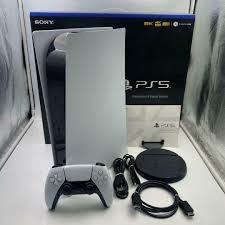Sierra Space’s Dream Chaser Tenacity, part of NASA’s initiative to enhance commercial resupply missions to the International Space Station, arrived at Kennedy Space Center for its first mission. After rigorous pre-launch testing, it is scheduled to deliver 7,800 pounds of cargo using a ULA Vulcan rocket.
As part of NASA’s efforts to expand commercial resupply in low Earth orbit, Sierra Space’s uncrewed spaceplane arrived at NASA’s Kennedy Space Center in Florida ahead of its first flight to the International Space Station (ISS).
The Dream Chaser spaceplane, named Tenacity, arrived at Kennedy on May 18 inside a climate-controlled transportation container from NASA’s Neil Armstrong Test Facility in Sandusky, Ohio, and joined its companion Shooting Star cargo module, which arrived on May 11.
Pre-Launch Testing and Preparation
Final Preparations at Kennedy
Dream Chaser’s Design and Capabilities
Dream Chaser is a lifting body design spaceplane that measures 30 feet long by 15 feet wide. The unique winged design allows it to transport cargo to and from low Earth orbit and maintain the ability to land on a runway in the style of NASA’s space shuttle. The 15-foot Shooting Star module can carry up to 7,000 pounds of cargo internally and features three unpressurized external payload mounts.
The partially reusable transportation system will perform at least seven cargo missions to the International Space Station as part of the agency’s efforts to expand commercial resupply services in low Earth orbit. Future missions may last as long as 75 days and deliver as much as 11,500 pounds of cargo.
While the Dream Chaser spacecraft is reusable and can return up to 3,500 pounds of cargo to Earth, the Shooting Star module is designed to be jettisoned and burn up during reentry, creating the opportunity to dispose of up to 8,500 pounds of trash with each mission.
Dream Chaser Tenacity is the first in a planned fleet of Sierra Space spaceplanes to help carry out these missions.









